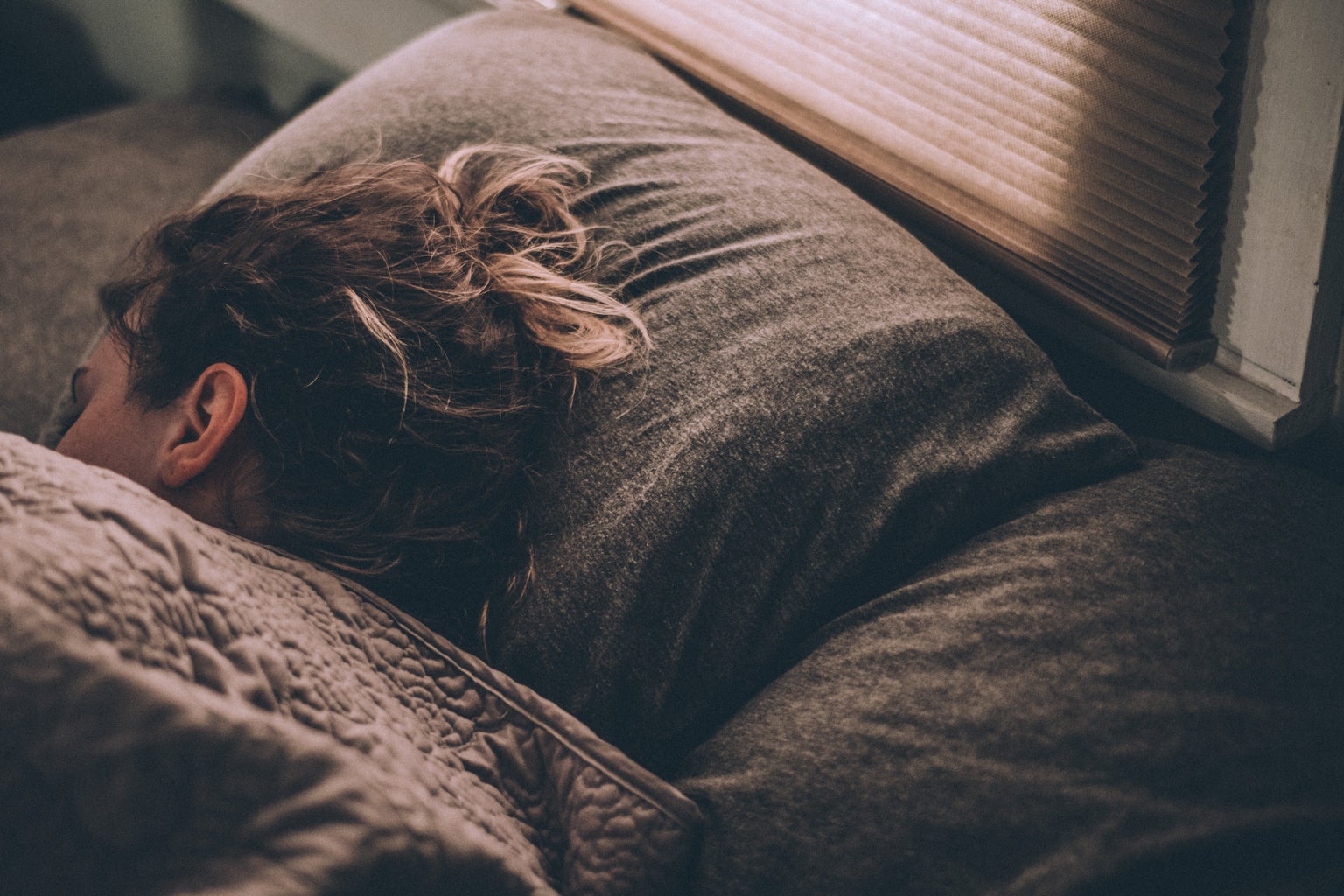As a religious studies major, I’m deeply interested in how people make meaning of the perplexingly mysterious world around us. One of the topics I’m especially interested in is dreams. The topic of dreams has come up repeatedly during the pursuit of my religious studies degree, as dreams have played a significant role in inscribing meaning to the world in many different global traditions.
The dream world is extremely unstudied by modern science; limitations in the current scientific paradigm make the dreamscape incredibly difficult to uncover. We still don’t know exactly why or how we dream and we’re left to accept that we’ll spend almost half of our lives floating away into our dreams.
In this post, I’ll steer away from academic analysis and focus more on all the fascinating and unique aspects of the dreamscape. Together, we’ll explore lucid dreaming, sleep paralysis, and even the esoteric Tibetan tradition of sleep yoga.
An Introduction to the Dreamscape
Dreams are a mystical slice of existence in everyday life. We wake up and go on with our days as usual after dreaming about an underground cavern full of goblins and lands with candy cane trees and sea monsters. Sometimes, our dreams feel no different from the waking world; we may have a pleasant conversation with our mother, or take a walk through the park with an old friend. Yet things get odd when we consider how much deeper we can dive into our dreams through the practice of lucid dreaming.
Lucid Dreaming
Some people accidentally stumble upon lucid dreaming, realizing their current situation isn’t real and that it must be a dream. Sometimes, the realization that you’re in a dream jolts you awake. In other cases, you get to explore and control your dreamscape.
There are many methods to induce lucid dreaming, the most popular being the reality-checking method. This method consists of constantly checking to see if the world around you is real during the day so that you’ll naturally check in your dreams and recognize the signs of the dream.
To reality check, you can do any or all of the following:
- Count to 10 on your fingers: In a dream, you won’t be able to count your fingers correctly.
- Look in a mirror: In a dream, you can’t correctly perceive yourself, so if you look in the mirror, it won’t look like you.
- Check the time: In a dream, time will move a lot faster.
Once you’ve realized you’re in a dream, you can control your dream and everything around you. People who lucid dream regularly describe the experience as incredible, whereas others have had quite eerie lucid dreams.
The Dangers of Lucid Dreaming
In theory, lucid dreaming is exciting. Yet in practice, lucid dreaming can lead to spooky situations.
For example, someone I know recently had a lucid dream and proceeded to tell the people around them that they knew it was a dream. The people in the dream became extremely angry at him, yelling that it wasn’t a dream. They proceeded to aggressively tell him that if it was a dream, this would mean they aren’t real. And then… he woke up.
Other stories like this can be found all over the internet, within Reddit forums and TikTok rabbit holes. Many people have shared in this experience of making the characters in their dream angry when they tell them they’re dreaming. Experiences as such are completely unstudied and leave our imaginations to run wild on the true nature of dreams.
Another risk to lucid dreaming is that it can cause real-life disturbances. Lucid dreaming can cause dissociation and increase the effects of mental illness. In addition, lucid dreaming can induce the experience of sleep paralysis, which we will now dive into.
Sleep Paralysis—Continue Reading at Your Own Risk
Sometimes, people who attempt to lucid dream can find themselves suffering from sleep paralysis.
Sleep paralysis is defined as “a feeling of being conscious but unable to move. It occurs when a person passes between stages of wakefulness and sleep.” Some people who experience sleep paralysis have even stated that they felt a heavy pressure on their chest, or that they saw black apparitions in the room around them.
On a personal note, I’ve experienced sleep paralysis once in my life, and it was one of the most terrifying things I’ve ever endured. I was around 7 years old and I found myself lying face up in my bed, unable to speak or move. I was trying with all of my strength to yell for my mom, except I wasn’t able to make a sound. I eventually fell back asleep and I didn’t realize that I’d experienced sleep paralysis until many years after when I found myself listening to someone else’s story on YouTube.
Luckily, I haven’t experienced sleep paralysis again. In fact, I’ve intentionally strayed away from attempting to lucid dream due to this common side effect.
One Step Further—Sleep Yoga
We’ve discussed the mysterious nature of dreams and the somewhat creepy practice of lucid dreaming, and now we’ll take it one step further, to the esoteric tradition of sleep yoga, found in the Tibetan Buddhist tradition.
To understand sleep yoga, we have to briefly discuss Buddhist enlightenment. The goal of Buddhism is to reach enlightenment—the state in which you realize the interdependent and empty nature of the world and are free from all suffering and cycles of rebirth. Depending on the tradition, Buddhists strive to reach enlightenment through meditation and other methods that help to reveal the true nature of the mind and the world around us.
One form of Buddhism, under the Tibetan tradition, practices sleep yoga—utilizing the practice of lucid dreaming to strive for enlightenment. Now, this is not something that a non-yogi could ever attempt, as there are many preliminaries to this very secret and ancient tradition. Yet, there are some primary markers of sleep yoga that we can discuss.
What are the Differences Between the Dream World and the Waking World?
Buddhism is all about seeing the true nature of the world around us—which exists in a web of interconnectedness and lacks real, tangible existence. We tend to think that the dream world is different than our everyday reality, separate from the ordinary experiences of life. But, in the tradition of sleep yoga, the whole point is to see how similar the dreamscape is to our waking life. In the dream world, we see how we fall from one moment to the next. We see that everything we try to hold in our hands can disintegrate at any moment and that our idea of reality is a mere painting of the true empty nature of the dream. Sleep yoga practitioners believe they can practice seeing the true nature of reality through the dream, as the malleability of existence is simply more apparent in the dreamscape.
If you are interested in learning more about sleep yoga, please check out the books Tibetan Yoga and Secret Doctrines by W. Y. Evans-Wentz, and Waking, Dreaming, Being: Self and Consciousness in Neuroscience, Meditation, and Philosophy by Evan Thompson.
Sweet Dreams!
The nature of dreams is completely unknown. Practices of lucid dreaming, the experience of sleep paralysis, and even religious practices of sleep yoga, help to give us an inside peek into how mystical our dreams truly are.
I hope you enjoyed this spooky read, and that I’ve sparked your curiosity of the unknown and mysterious nature of our dreams!









